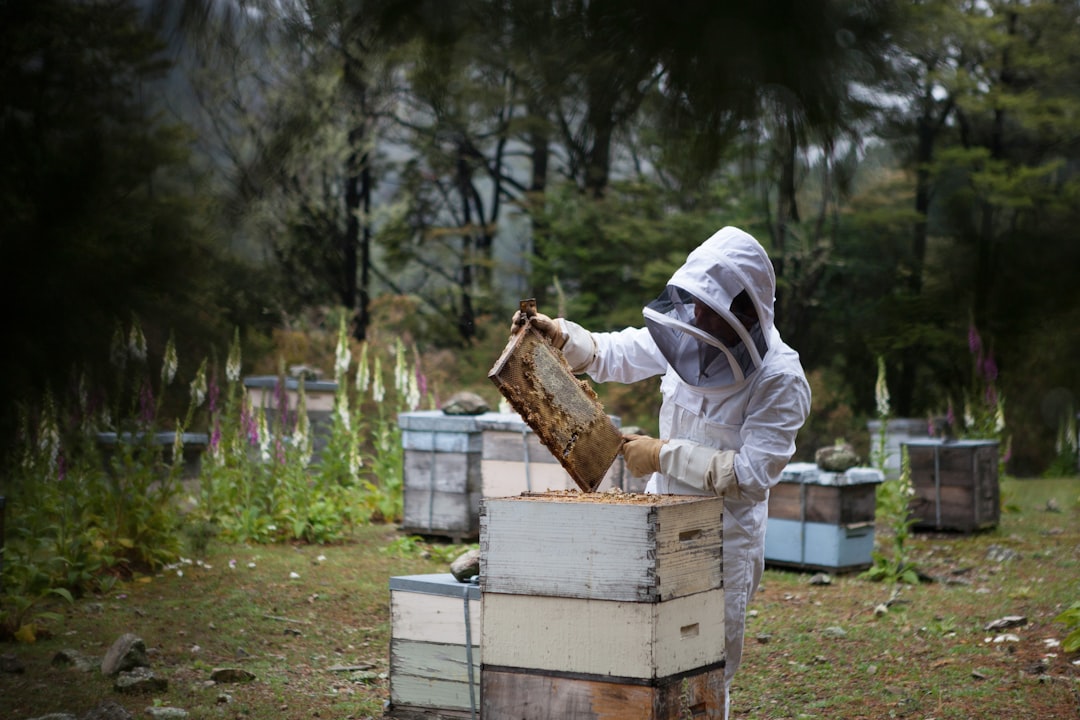Choosing the right location for your beehives is crucial for the health and productivity of your bees. Whether you're setting up in an urban, rural, or agricultural environment, understanding the specific considerations for each setting can help ensure a thriving colony. Here's a guide to help you site your beehives for success across different environments.
Urban Settings
Urban beekeeping is becoming increasingly popular due to its benefits for local ecosystems and community engagement. When setting up beehives in urban areas:
-
Location: Place hives in areas with minimal foot traffic, such as rooftops or backyard corners. Ensure there is a nearby water source for the bees.
-
Regulations: Familiarize yourself with local regulations regarding hive placement and registration. Many cities require beekeepers to register their hives and follow specific guidelines.
-
Forage: Urban bees often thrive due to diverse plant life, but you may need to supplement their diet during periods of low nectar flow.
Rural Settings
Rural areas offer ample space and natural resources for beekeeping. Consider the following when setting up beehives in rural environments:
-
Sunlight and Wind Protection: Ensure your hives receive adequate sunlight and are protected from strong winds. A southeast-facing orientation is ideal for early morning sun.
-
Access to Water: Provide a nearby water source or install a shallow water station for the bees.
-
Predator Protection: Use hive stands or fencing to protect against predators like bears and raccoons.
Agricultural Settings
Agricultural areas can be ideal for beekeeping due to the abundance of forage. However, there are specific considerations:
-
Crop Management: Be aware of pesticide use in nearby fields, as these can harm your bees. Consider working with farmers to ensure bee-friendly practices.
-
Forage Diversity: Agricultural areas often provide a rich source of nectar and pollen, but ensure there is a diverse range of crops to support your bees throughout the year.
-
Hive Placement: Position hives to avoid direct exposure to pesticide drift and ensure easy access for inspections.
General Considerations Across Environments
Regardless of the environment, there are several universal considerations for siting beehives:
-
Dry Ground: Ensure the ground under your hives is dry and stable to prevent moisture issues.
-
Avoid High-Traffic Areas: Keep hives away from areas with high foot traffic to minimize disturbance and ensure safety.
-
Wind Barriers: Create wind barriers using natural or artificial means to protect your hives from strong gusts.
Conclusion
Siting your beehives correctly is a critical step in beekeeping, whether you're in an urban, rural, or agricultural setting. By understanding the specific needs and challenges of each environment, you can create a thriving and productive bee colony. Whether you're a seasoned beekeeper or just starting out, choosing the right location will set you up for success and contribute to the health of these vital pollinators.
Citations:
- https://thebfarm.com/blogs/news/finding-the-perfect-location-for-your-beehive
- https://www.bensbees.com.au/setting-urban-beehive/
- https://www.beekeeppal.com/optimal-beehive-placement-for-rural-urban-and-suburban-settings/
- https://www.dummies.com/article/home-auto-hobbies/hobby-farming/beekeeping/pick-the-perfect-location-for-your-beehive-170819/
- https://www.vegasbees.com/post/urban-beekeeping-guide
- https://www.perfectbee.com/beekeeping-articles/a-new-beekeepers-journal/bee-yard-hive-setup
- https://galenafarms.com/blogs/beekeeping/beehive-location
- https://beekeepinglikeagirl.com/8-tips-for-urban-beekeepers/

Comments
No comments yet. Be the first to comment!
You must be logged in to comment. Login